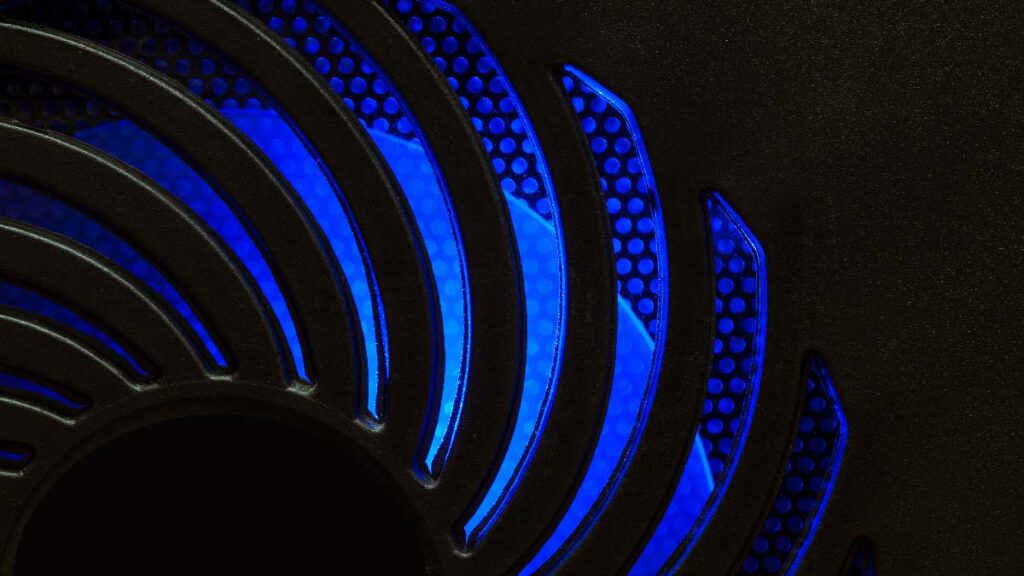
It seems we are heading back to the bronze age. According to a press release from the University of Illinois at Urbana-Champaign (UIUC) and the University of California, Berkeley (UC Berkeley), researchers recently devised an invention that could cool electronics more efficiently than other alternative solutions and enable a 740 percent increase in power per unit using one of the cheapest materials we know of, good old copper.
We’ve all experienced our electronic items overheating. It can be inconvenient to have to shut down your laptop to cool it off, and it can even be unsafe in case of a fire. The amount of power many of our electronics need to operate, and consequently the amount of heat they generate, make such an invention invaluable.
Tarek Gebrael, lead author and a mechanical engineering Ph.D. student at UIUC, said that existing cooling systems have three distinct issues.
The first problem is that existing cooling systems are expensive and difficult to scale, using the example of diamond heat spreaders.
Secondly, the heat spreaders and heat sin, a device used for the efficient distribution of heat, are often placed on top of the electrical components where the heat is being created, meaning the cooling is happening in the wrong place.
Thirdly, heat spreaders need to be separated from the electrical components by a layer of “thermal interface” to ensure proper contact. However, due to its weak heat transmission properties, this material has a negative impact on thermal performance.
The solution? Copper. It is a very affordable, very malleable, and abundant material, making it both economically and mechanically practical.
Using this technique, the copper coating is constructed to completely “engulf” the device, according to Gebrael, “covering the top, the bottom, and the sides… a conformal coating that covers all the exposed surfaces”.
This guarantees that no heat-generating zones were left exposed. Finally, the novel method eliminates the requirement for a heat sink and a thermal interface material.
In their study, according to Gabriel, they compared the method of copper coating to standard heat sinking methods and found that the results were either similar or better.
Without the need for a heat sink or thermal interface, the devices kitted with the new solution can be made to be much smaller than their conventional counterparts.
“And this translates to much higher power per unit volume. We were able to demonstrate a 740 percent increase in the power per unit volume,” Gebrael said.